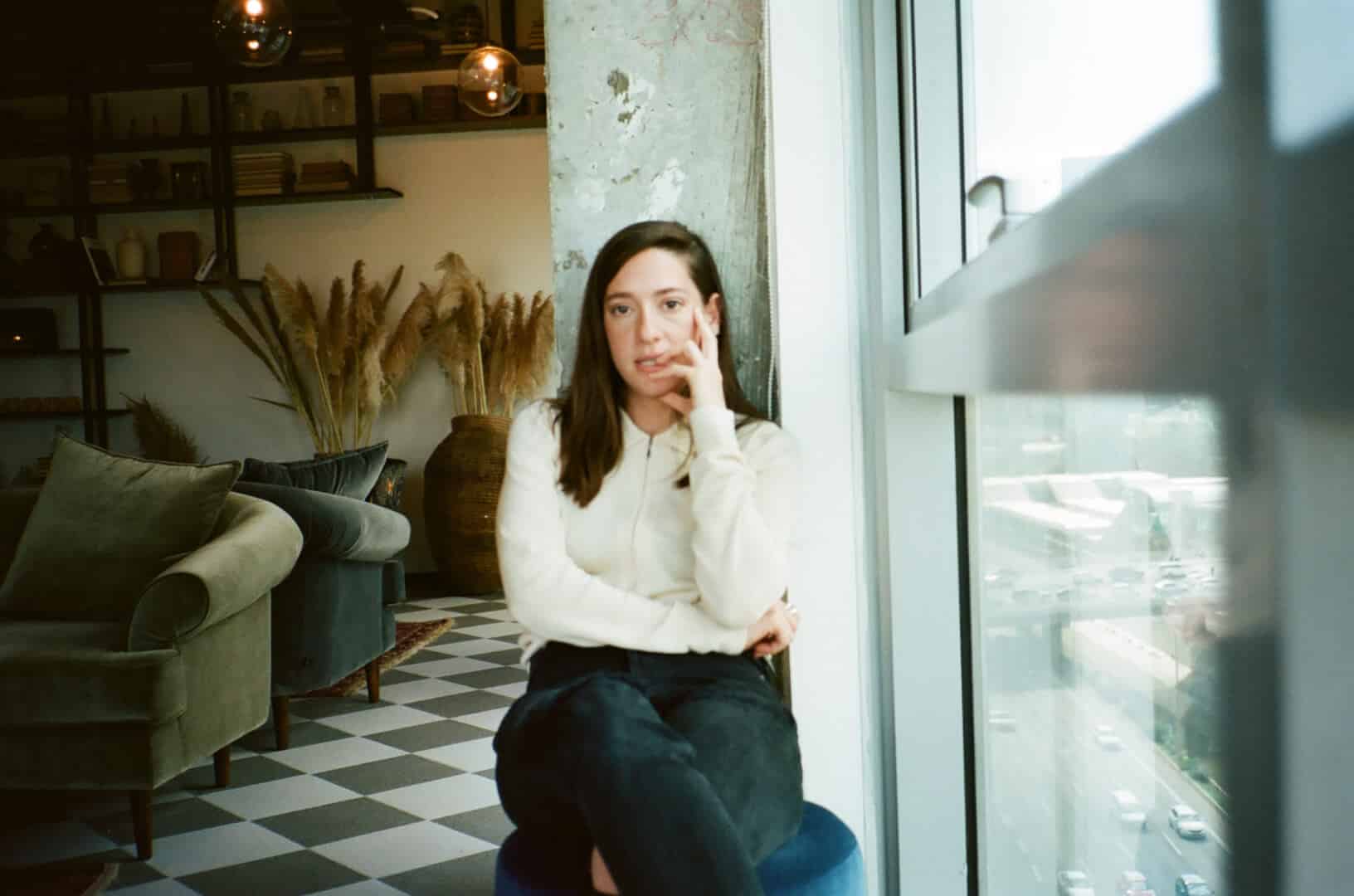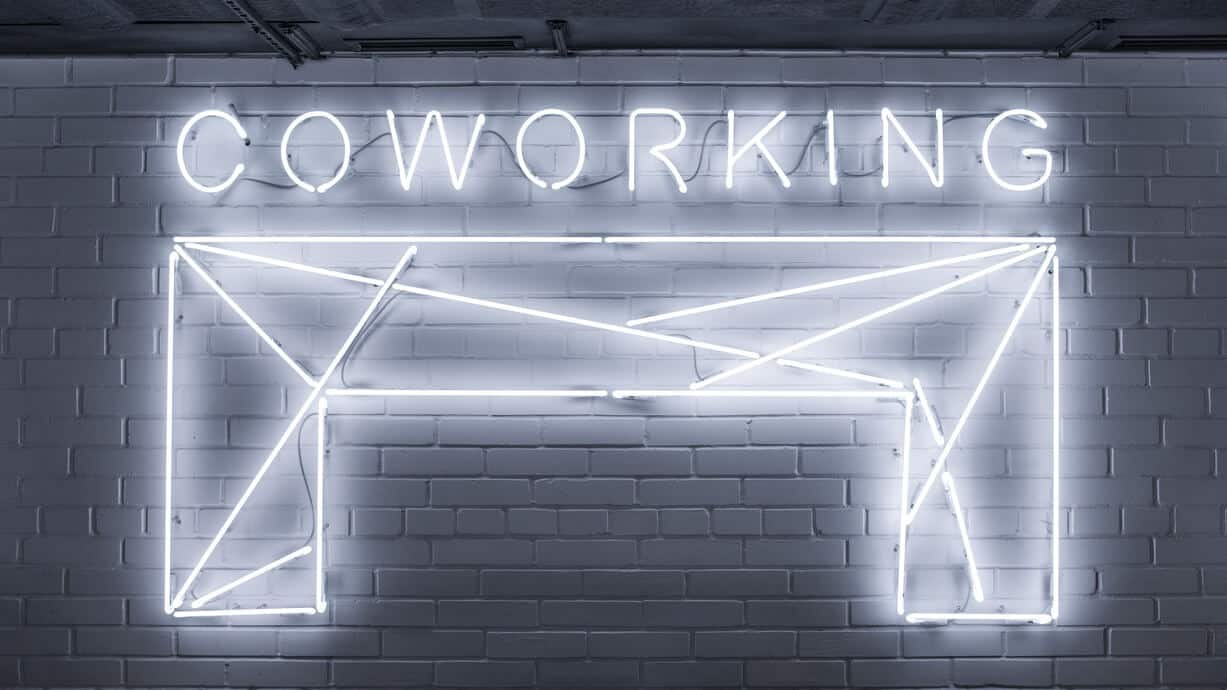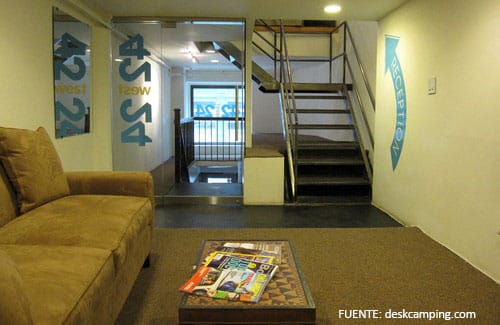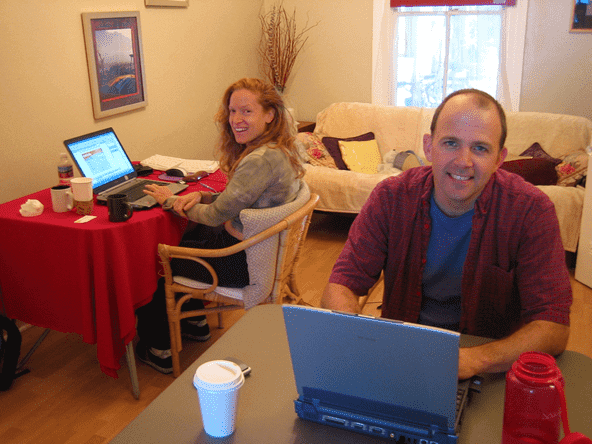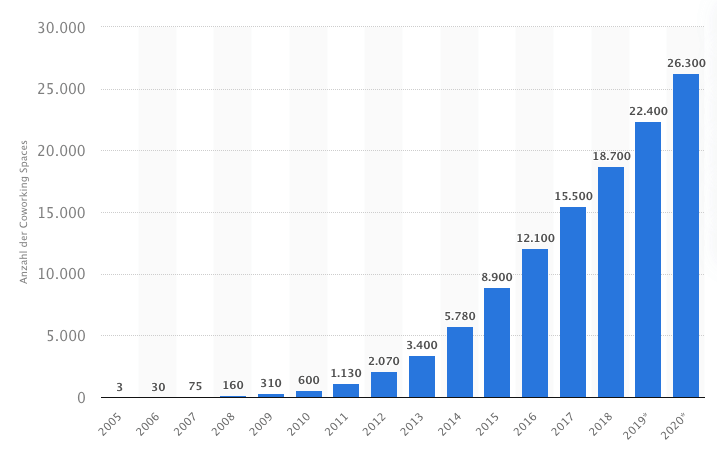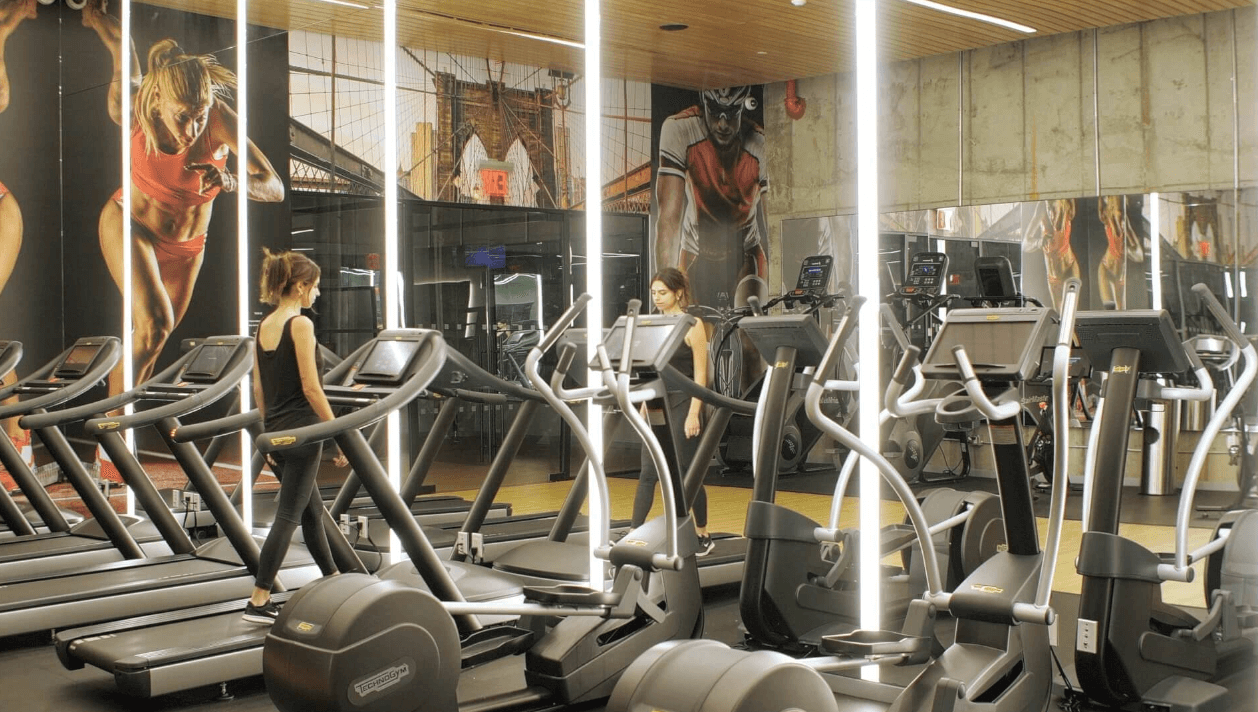
Coworking: How Did It All Start and Where Is It Going?
A brief look into the history of coworking
Coworking is a work trend long on the rise, bringing together professionals from across all industries to form inter-connected communities that thrive on collaboration and innovation. These shared workspaces offer more than just a physical location to work; they foster networking opportunities and a sense of belonging.
Coworking is everywhere, and the coworking history is interesting. Just look around you: New spaces are constantly being converted and real-estate potential being fulfilled as new entrepreneurs try to break into the (still relatively fresh) coworking scene. The entrepreneurial spirit is felt more strongly than ever — both by those pioneers initiating the launch of new spaces, and by those who choose to then become active members once launched.
The workforce has long experienced a shift away from traditional norms — and coworking is just one of the many trends revolutionizing and challenging the notion of ‘how things should be.’ There are a lot of coworking myths too, but where did it all start? While yes, there is much discussion over new coworking spaces and coworking for freelancers popping up all over town, little is known about where it all began. And while more startups want the coworking solution, we set out to find out more about its history.
Here’s what we found:
1995: C-Base and the introduction of ‘hackerspaces’
In 1995, 17 computer enthusiasts found C-Base in Berlin. While not exactly a coworking space, C-space provided hackers with a community and facilities to pursue their computer-oriented endeavors. It set a trend in the hacker-community and introduced the notion of ‘hackerspaces’: Physical, community-oriented spaces where people with an interest in computers could gather to collaborate and work in an open-environment. While this model deviates from the coworking spaces we know of today, hackerspaces are viewed by some as (perhaps inadvertently) setting the foundation for today’s collaborative workspaces.
1999: The coining of ‘coworking,’ but not in the traditional sense
Bernard DeKoven, an American game designer and fun theorist (yes, that’s a thing) coined the term ‘coworking’ in 1999. But he had a completely different definition and vision in mind for the term than what lies in our recollection today. For DeKoven, coworking was used to describe the phenomenon of “working together as equals,” rather than the “working together, yet separate” description that we all adhere to. He was exploring the applicability of game-design to the facilitation of work, and sought to identify a method that could break down hierarchal boundaries and facilitate collaborative work between individuals perceived as equals, and computers. It’s a little complicated, but the point is that, while DeKoven may have first coined the term and brought it to our consciousness, we ultimately interpreted it in a very different sense than he had envisioned.
1999: NYC meets 42 West 24
The same year that DeKoven brought to life the notion of (well, his version of) coworking, 42West24 sprung onto the New York City scene. The space offered a pleasant work environment with flexible membership options for teams and individuals seeking a workspace. But a key element of today’s notion of coworking was missing from 42 West 24: no emphasis was placed on community. They seldom organized community events and rarely placed emphasis on inner networking. Still, the opening of the space was considered a breakthrough in the market, and its presence is still felt in NYC today.
2002: Vienna gets a ‘center for entrepreneurs’
In 2002, two Austrian entrepreneurs set out to put an end to working from home and to create a space where like-minded people could gather to work and create collaboratively. To bring their vision to life, the two converted a former factory into the new home of architects, PR consultants, freelancers, and startups, calling it Schraubenfabrik. But rather than being known as a coworking space, it was, for lack of a better term, for years referred to as an ‘entrepreneurial center.’
2005: Coworking as we know it today
Meet Brad Neuberg. He’s important. He was the first to launch an official coworking space, setting up a space he originally referred to as a “9 to 5 group” in San Francisco. He then launched the San Francisco Coworking Space, and later, the Hat Factory. Coworking wasn’t a hit at first. In fact, no one showed up for the first month. But soon enough interest sparked and coworking caught on.
Studies have shown that since 2006, the number of coworking spaces have roughly doubled per year, as demand continues to steadily grow.
2007: If Google and Wikipedia acknowledge it, it must be official
The term coworking was first observed as a trend on Google in 2007. Since then, the search volume for ‘coworking’ has increased more than sixfold in comparison to other queries. The term quickly gained traction across mainstream media, both in the US and abroad. And, an official page was published on Wikipedia for the fast-growing workplace trend. Clearly, coworking was catching on, and it was doing so fast.
2022: How big is it today?
We may have skipped a few years — but really the only developments between 2007 and now were the opening of a hell of a lot more social coworking spaces like our Shoreditch coworking, Williamsburg coworking and the Hammersmith coworking space. So here’s the big picture today: An estimated 26,300 spaces are up-and-running worldwide, from high-end coworking spaces in London, to this Philadelphia coworking space nestled within a historical landmark, to inspiring coworking spaces in Brooklyn.
Demand for space by would-be-new members is constantly increasing, and most existing spaces have plans in place for expansion and coworking can help your office situation.
So will the demand for shared spaces soon surpass that of the traditional office? You tell us. Visit Mindspace’s Facebook page and let us know what do you think.

